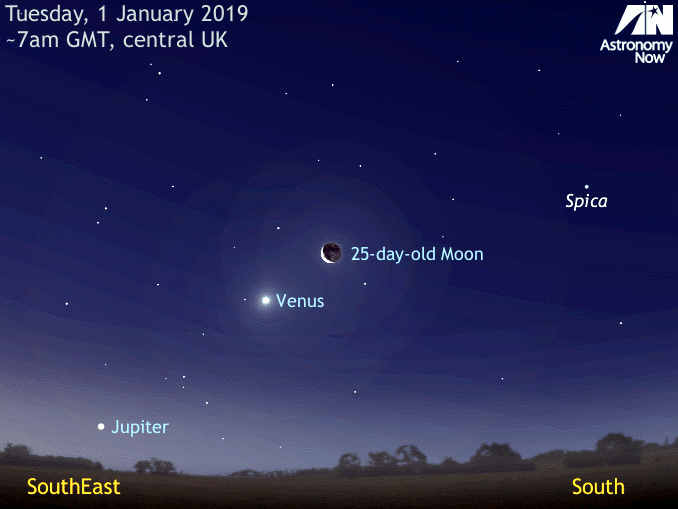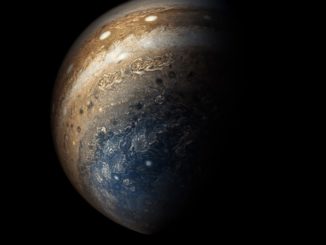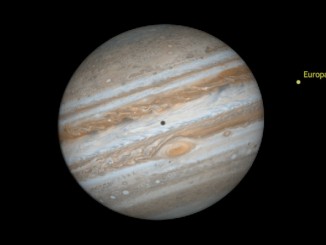
Nautical dawn (the onset of nautical twilight) occurs at 7am GMT on New Year’s Day for observers in the heart of the British Isles. At this time the waning crescent Moon lies 7¼ degrees to the upper right of Venus, hence the pair will just fit in the field of view of wide-angle 7× binoculars and opera-type glasses. By the onset of civil twilight some 45 minutes later, the angular separation of the Moon and brightest planet will be slightly less than 7 degrees.
New Year’s Day
If you own a telescope, a magnification of around 70× is all that’s required to enlarge Venus to the same angular size as the adjacent Moon appears to the naked eye. The brightest planet’s disc is fast approaching half phase, which occurs on 5 January.
Wednesday, 2 January
Around 7am GMT this morning finds the 26-day-old Moon to the lower left of Venus. The pair are somewhat closer than on New Year’s Day with an angular separation of 4⅔ degrees, hence both Venus and the Moon will fit in the field of view of typical 10× magnification binoculars. See if you can spot magnitude +4.1 star Theta (θ) Librae a lunar diameter to the Moon’s lower left.
Thursday, 3 January
This is the morning that you need to find a location that permits you to see down to the southeast horizon close to 7am GMT since the slim crescent of the 27-day-old Moon lies just 2⅓ degrees to the upper left of largest planet Jupiter. This particularly close conjunction means that both Jupiter and the Moon occupy the same field of view at magnifications of 20× or less.



